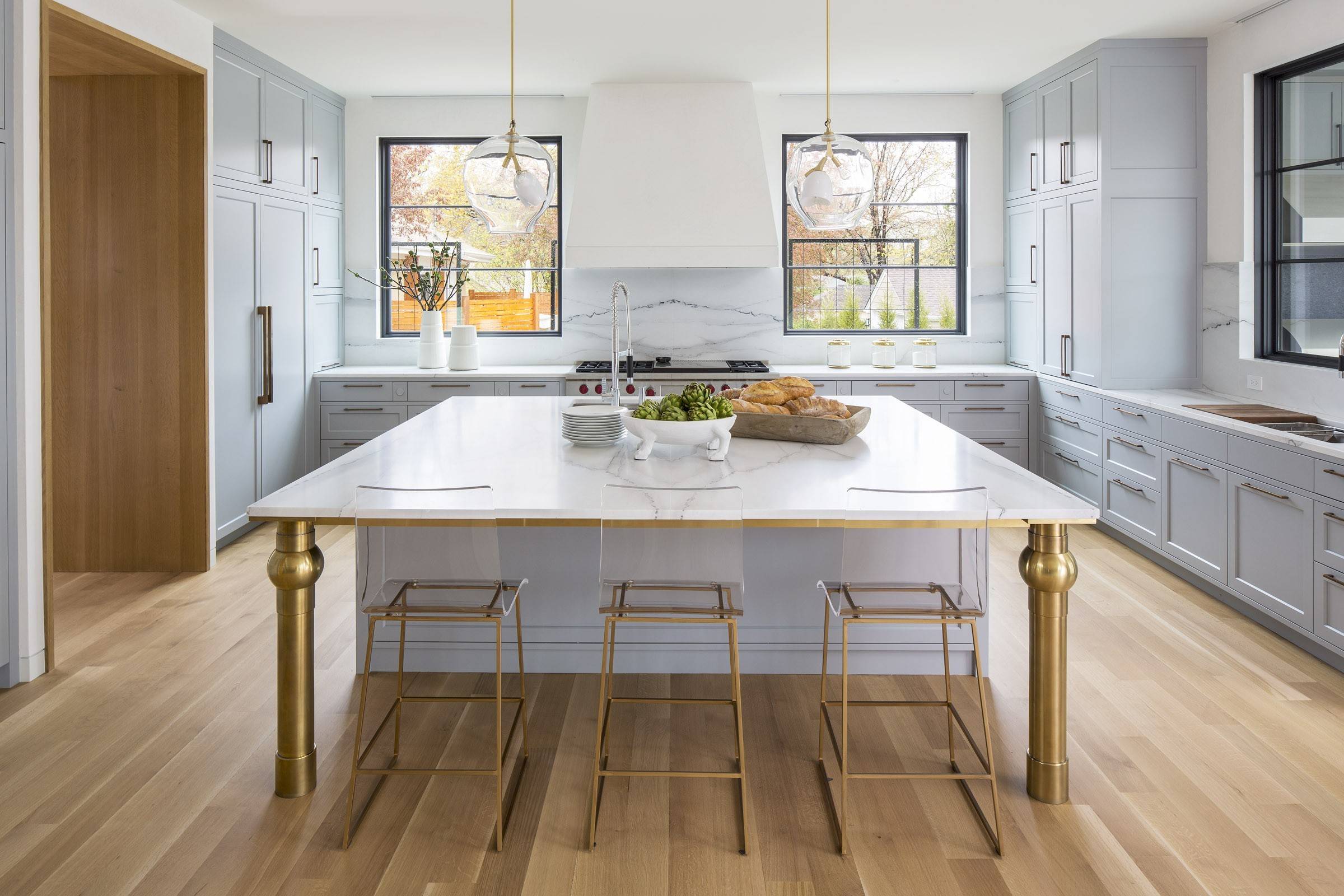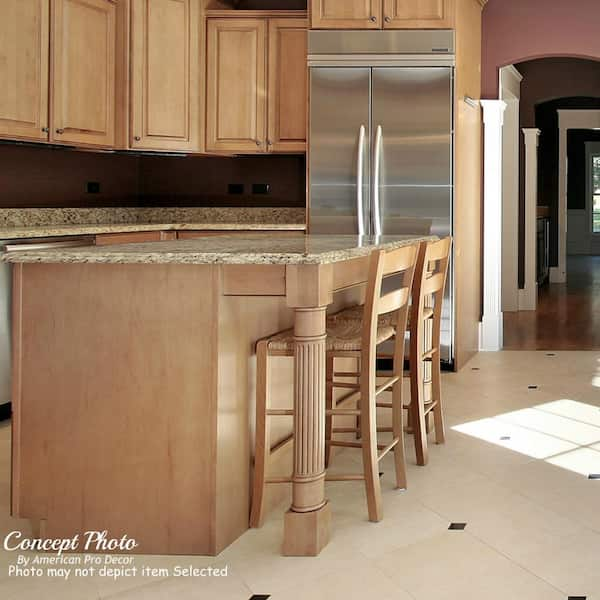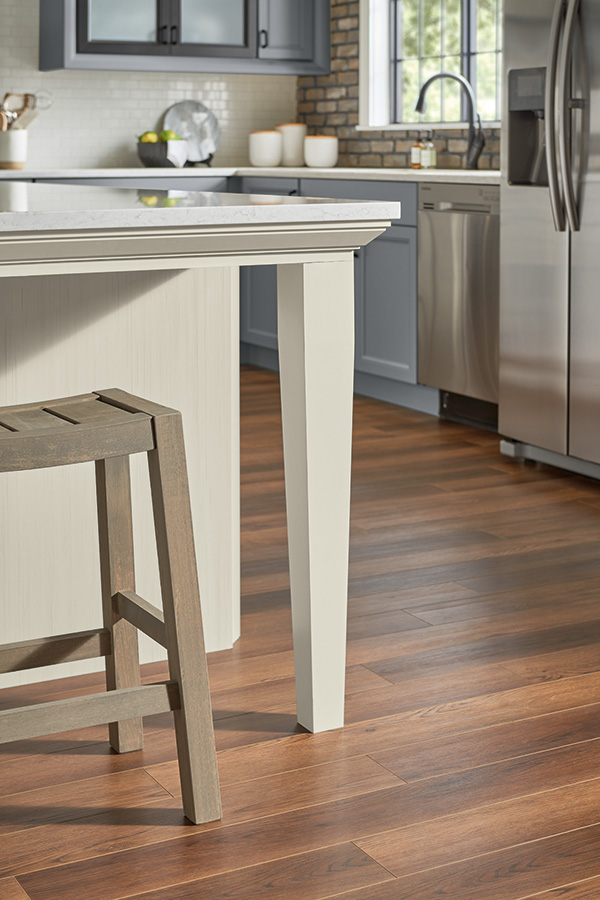Kitchen Island Legs for Modern and Classic Kitchens
Kitchen Island Legs for Modern and Classic Kitchens
Blog Article
A Guide to Picking the Perfect Kitchen Area Island for Your Home
Understanding your kitchen area's spatial characteristics is the initial step, making certain that the island fits perfectly without interfering with the circulation. The selection of coatings and products also plays a necessary duty in harmonizing the island with your kitchen area's general layout.
Assessing Your Area
Prior to choosing a cooking area island, it is important to completely analyze your space to make sure the enhancement will be both useful and visually pleasing. Begin by measuring the readily available area, consisting of the width, size, and elevation of the kitchen. Precise measurements are critical to avoid buying an island that bewilders the space or one that is overmuch little.
Think about the existing design and how the island will incorporate with the existing web traffic flow. A well-placed island should not restrain or block pathways accessibility to necessary home appliances, such as the sink, cooktop, and fridge. Leave sufficient clearance room-- commonly around 36 to 48 inches on all sides-- to permit comfortable motion and work area performance.
Next, evaluate the all-natural light and sightlines within your kitchen. An island that blocks a home window or interrupts aesthetic cohesion can make the room feel dark and confined. Think of exactly how the island's placement will influence illumination and presence, ensuring it boosts as opposed to diminishes the cooking area's atmosphere.
Figuring Out the Function
Identifying the objective of your cooking area island is a crucial action in ensuring it satisfies your details needs and choices. Prior to diving right into design or dimension factors to consider, it is necessary to clarify what primary function the island will certainly offer in your kitchen. Will it be a main center for meal prep work, a casual dining area, or potentially an extra storage space remedy?
For those who take pleasure in food preparation, incorporating devices such as a cooktop or sink might be required. Furthermore, adequate counter room for cutting and mixing, in addition to available storage space for kitchen area tools and ingredients, can change the island into a reliable workstation. On the other hand, if the island is intended to assist in social communications or serve as an eating location, seating setups become critical. In this case, making sure adequate legroom and surface for comfy eating experiences is crucial.

Choosing the Right Size
Selecting the appropriate size for your cooking area island is a balance of capability and room optimization. An ideal cooking area island need to offer adequate office while making sure that movement around the kitchen continues to be unobstructed. Begin by measuring your cooking area area; a minimal clearance of 36 to 42 inches around the island is required to enable comfy motion and ease of access.
The measurements of the island must reflect its desired use. If the island will certainly serve mostly as a prep area, a size of 24 to 36 inches might be adequate. Nevertheless, if it is to suit seating, you need to think about a larger size, usually determining at the very least 48 inches in width. Islands dedicated to devices or sinks may call for additional area to house these features adequately.

Lastly, make certain that the island's size complements the general cooking area layout, staying clear of any type of frustrating presence that could interfere with the kitchen's visual and utility - kitchen island legs. Mindful planning and specific measurements will certainly help you attain a harmonious and reliable kitchen environment
Deciding On Materials and Finishes
After establishing the ideal size for your kitchen island, the next step involves choosing appropriate materials and surfaces. The option of materials dramatically influences both the useful content visual allure and functionality of your kitchen area island. Popular materials for kitchen counters include quartz, butcher, and granite block, each offering distinctive advantages.
Along with the kitchen counter, think about the products for the space station. Strong wood provides a classic, strong look, while stainless steel offers a sleek, modern look and is easy to tidy. Repainted surfaces can present a splash of color, with alternatives varying from soft pastels to bold, vibrant tones.
Pay focus to the toughness of finishes, specifically in high-traffic areas, to keep the island's appearance over time. Picking the ideal materials and coatings will improve both the functionality and aesthetic appeal of your cooking area island.
Integrating Useful Functions
Incorporating useful attributes right into your cooking area island can significantly boost its utility and comfort, transforming it right into a functional focal point of your kitchen area. One important attribute to think about is additional storage space. Incorporating cupboards, drawers, and open shelving can provide much-needed area for kitchenware, tools, and small devices, aiding to preserve a clutter-free environment.
Another beneficial addition is a built-in sink or cooktop, which can improve meal prep work and clean-up procedures. A sink can promote tasks such as washing vegetables and cleaning up meals, while a cooktop can enable cooking directly on the island, promoting a much more social and interactive cooking experience.
Consider integrating seating alternatives, specifically if your cooking area functions as an informal dining area. Bar stools or built-in benches can transform the island into a multifunctional space for meals, homework, or casual gatherings.
Lastly, integrating electrical outlets into your kitchen island can enhance its practicality. Outlets offer practical gain access to for little kitchen area home appliances, charging stations for digital tools, and added lighting alternatives.
Verdict

Prior to picking a kitchen island, it is important to completely evaluate your space to guarantee the addition will be both functional and aesthetically pleasing.Selecting the right size for your kitchen island is an equilibrium of capability and room optimization. kitchen island legs. A perfect kitchen area island ought to offer sufficient workspace while guaranteeing that movement around the cooking area continues to be unblocked.Including useful attributes right try this website into your cooking area island can significantly boost its energy and comfort, changing it right into a flexible centerpiece of your kitchen area.In final thought, choosing the excellent cooking area island demands a thorough assessment of the readily available space, clarity regarding its key feature, and mindful consideration of the ideal dimension and products
Report this page